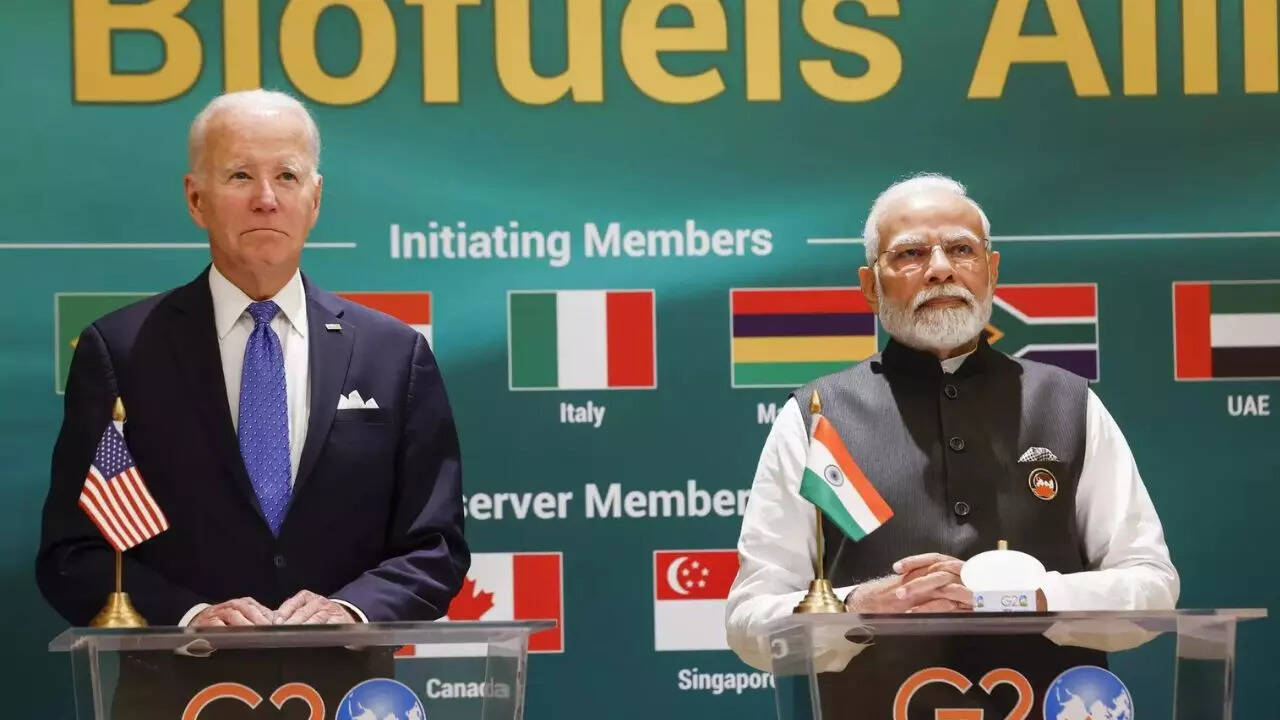Read by: 100 Industry Professionals

A joint investment fund of up to USD 1 billion to support India’s efforts for faster transition through development and deployment of emerging green technology has received the green light from US President Joe Biden and Prime Minister Narendra Modi.
India’s National Investment and Infrastructure Fund and the US Development Finance Corporation have exchanged letters of intent (LoIs) to each provide up to USD 500 million to anchor a Renewable Infrastructure Investment Fund, taking forward the decision taken during Modi’s visit to Washington in June this year.
The two sides also decided to jointly support a payment security mechanism with both public and private funds to accelerate acquisition of made-in-India electric buses for decarbonising the transport sector, the joint statement issued after Friday’s meeting between the leaders said.
The fund will aim to reduce the cost of capital and accelerate the deployment of greenfield renewable energy, battery storage and emerging green technology projects in India, the statement said.
The LoIs indicate Washington’s commitment to put money on the table to support climate action. New Delhi has persistently taken the stand that the developed world should put its money where its mouth is before asking the Global South to step up carbon reduction measures, including a faster phaseout of fossil fuels.
India, which has one of the largest solar energy programmes in the world, has of late sharpened focus on battery storage to pace up its 2070 net zero journey. Grid-size battery storage will allow the country to derive the benefit of rapidly expanding solar and wind energy capacities.
Green hydrogen has emerged as the other primary focus area as the government paces up its carbon mitigation plan. It has sanctioned INR 3,760 crore as viability gap funding for 4,000 MWh (megawatt-hour) battery storage capacity proposed to be built by 2030-31 with a view to keep storage tariffs affordable.
Earlier in January, it had approved INR 19,744 crore support for the Green Hydrogen Mission, envisaging a production capacity of five million tonnes per annum with associated renewable capacity of 125 gigawatts.

